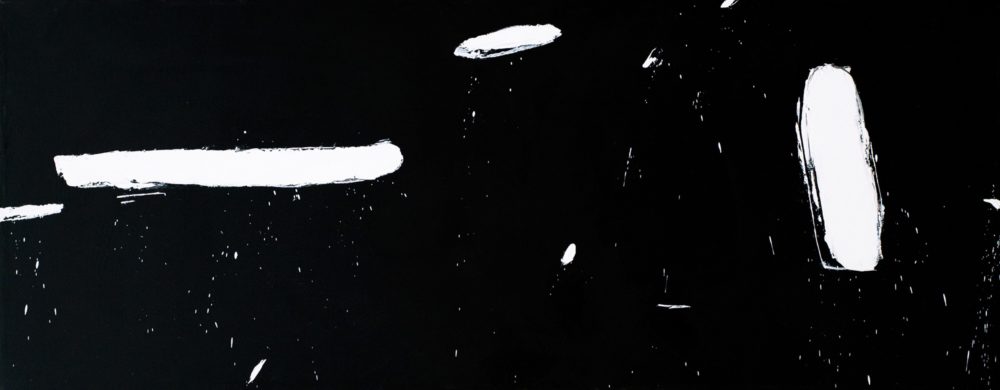The garden of memory is the latest monumental work by Anne and Patrick Poirier: a project for a “contemporary necropolis”, a cemetery as a work of art, designed by the French artists for the municipality of Gorgonzola (Milan). This project is in a sense a synthesis of the work of the Poiriers who for around 40 years have been reflecting on the idea of memory, using heterogeneous materials and solutions: casts, herbariums, photographs, architectural installations of Utopian cities or archaeological sites visited during numerous journeys. The artists analyse the fragility of culture and art threatened by the passing of time and history.
The new cemetery at Gorgonzola will be a garden, a new Eden, a happy place of encounter between the living and their loved ones; it will cover an area of over 16.000 m2 located within an even more extensive green area. The plan will be based on the shape of an oak leaf, a plant evoking strength and eternity, its roots, trunk and branches respectively symbolising the subterrestrial, terrestrial and ultraterrestrial world. The veins of the leaf are transformed into the cemetery avenues, each of which will be given the name of a constellation. The principal avenue, the Milky Way, in line with an amphitheatre for public commemorations, will be flanked by trees and green hillocks protecting and concealing the burial places located in the more peripheral areas of the cemetery. A number of these hillocks may become private burial areas, reprising the structure of the ancient Italic hypogea.
The entrance will take the form of an enormous arc of a circle (12,50 x 81 metres), realised in blue Murano glass tesserae and studded with gilded inserts symbolizing a spectacular celestial vault. The entrance gate will carry the gilded script “anima mundi”. Along with the logistical facilities, the entrance arch will house a chapel in the form of an overturned boat, a pure white structure with light let in from the ceiling; a secular place with no religious symbolism that as well as explicating the “illuminist” culture of the artists expresses the common destiny of all men with regard to the mystery of death. The walls will carry gilded names of thinkers who have mediated on the divine mystery.
Quite apart from its aesthetic qualities, The garden of memory meets all the technical specifications required by the municipal client and may become a positive symbol of “public building”.
The exhibition at the Madre Museum features drawings, models and plans of the monument, as well as a blue neon site-specific installation reprising the names of the constellations given to the avenues of the garden.
